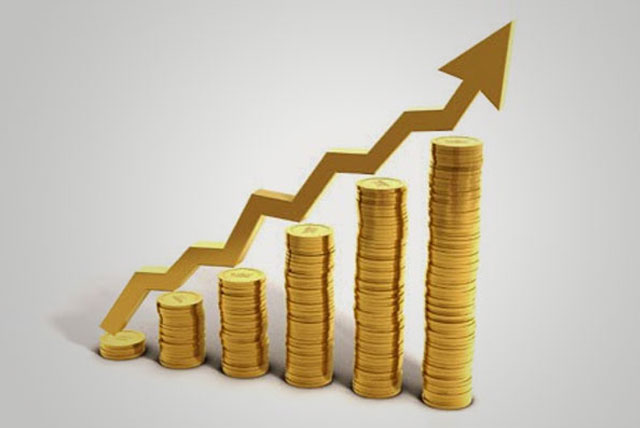
With Gold reaching historic Highs we investigate methods of investment.
The spot price of Gold has surged over the last few years as demand for the precious metal has risen. Demand has not only increased from traditional sources (the Jewellery and industrial sectors) but from investors drawn to the metal for its perceived safe haven appeal during times of economic turmoil, hedge against the US dollar and inflation and on a pure speculative basis. These and a positive supply dynamic (less gold is mined than demanded each year the difference typically made up by central bank selling) has contributed to the gold price moving from $255 an ounce ten years ago to $1,245 today.
There are several methods of participating in the performance of gold. One can invest directly in physical bullion, though one must accept higher costs (commission, security, storage) as well as a loss of liquidity if following this route. One can invest in the many listed unit trusts available though it is rare for any of these to focus solely on physical gold investment but rather to more diversified investing in other commodities and particularly the shares of gold‐related companies, adding equity market exposure which is not always desired. There is also the option to trade gold futures directly though this requires constant vigilance, a degree of sophistication and is more suitable for short‐term trading rather than long‐term investment.
The largest investor growth, however, has been witnessed in the gold tracking Exchange Traded Fund (ETF) market. ETF’s are a liquid and cost effective method of efficiently tracking the movement in the price of gold. Below we highlight some for the most common gold ETFs.
iShares COMEX Gold Trust (IAU) 96,118,46This trust seeks to match the day‐to‐day movement of the price of gold bullion. IAU has more than $2.0 billion in 96,118,46assets,consisting primarily of gold bullion, and an expense ratio of 0.40%.
SPDR Gold Trust (GLD)96,118,46 Similar to IAU, this ETF attempts to reflect the performance of the price of gold bullion. GLD also holds gold bullion 96,118,46directly, so its price moves closely in line with the price of the actual commodity. Also similar to IAU, GLD maintains 96,118,46an expense ratio of 0.40%.
96,118,46
E‐TRACS UBS Bloomberg CMCI 96,118,46This exchange‐traded note is a subordinated debt instrument designed to track the performance of the Bloomberg CMCIGold Total Return ETN (UBG) 96,118,4696,118,46Gold Total Return Index, which measures the collateralized return from a basket of gold futures. These commodity 96,118,46futures are diversified across five constant maturities from three months to three years, so this ETN may not 96,118,46always track the spot price of bullion exactly.
PowerShares Global Gold and 96,118,46This fund is designed to track the performance of the NASDAQ OMX Gold and Precious Metals Index, which measuresPrecious Metals ETF (PSAU) 96,118,46he performance of globally‐traded securities of companies involved in gold and other precious‐metals mining‐96,118,46related ac... Since the underlying assets are actually common stocks, this ETF is really not a direct investment in 96,118,46gold, and its performance may vary significantly from the spot price of bullion.
ProShares Ultra Gold (UGL) 96,118,46 UGL is a leveraged ETF that seeks a return equal to 200% of the daily return of gold bullion, as measured by the 96,118,46U.S. dollar fixing price for delivery in London. As with all leveraged ETFs, compounding of daily returns will likely 96,118,46vary (sometimes significantly) from the target return over that period. As such, UGL is generally appropriate for 96,118,46intraday trading only.
ELEMENTS MLCX Gold Total96,118,46 This exchange‐traded note is in the process of being removed from the NYSE Arca Exchange. In its press release,Return ETN (GOE) 96,118,46 ELEMENTS notes that GOE, along with two other ETNs, were delisted due to insufficient trading volumes.
PowerShares DB Gold Fund (DGL) 96,118,46 DGL is based on the Deutsche Bank Liquid Commodity Index ‐ Optimum Yield Gold Excess Return. This index is a 96,118,46rulesbased index composed of futures contracts on gold.
Of the ETF’s listed above we prefer those that actually hold bullion, such as the iShares COMEX, or SPDR Gold trust. Additionally both these funds very closely track the price movement of gold, have low expense ratios, and have grown to have the largest market capitalisation (and daily traded volume) of any of the Gold ETF’s.
Supercalifragilisticexpialidocious
Hubble Bubble Toil and Trouble
